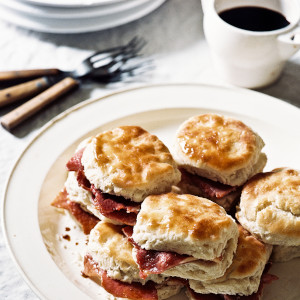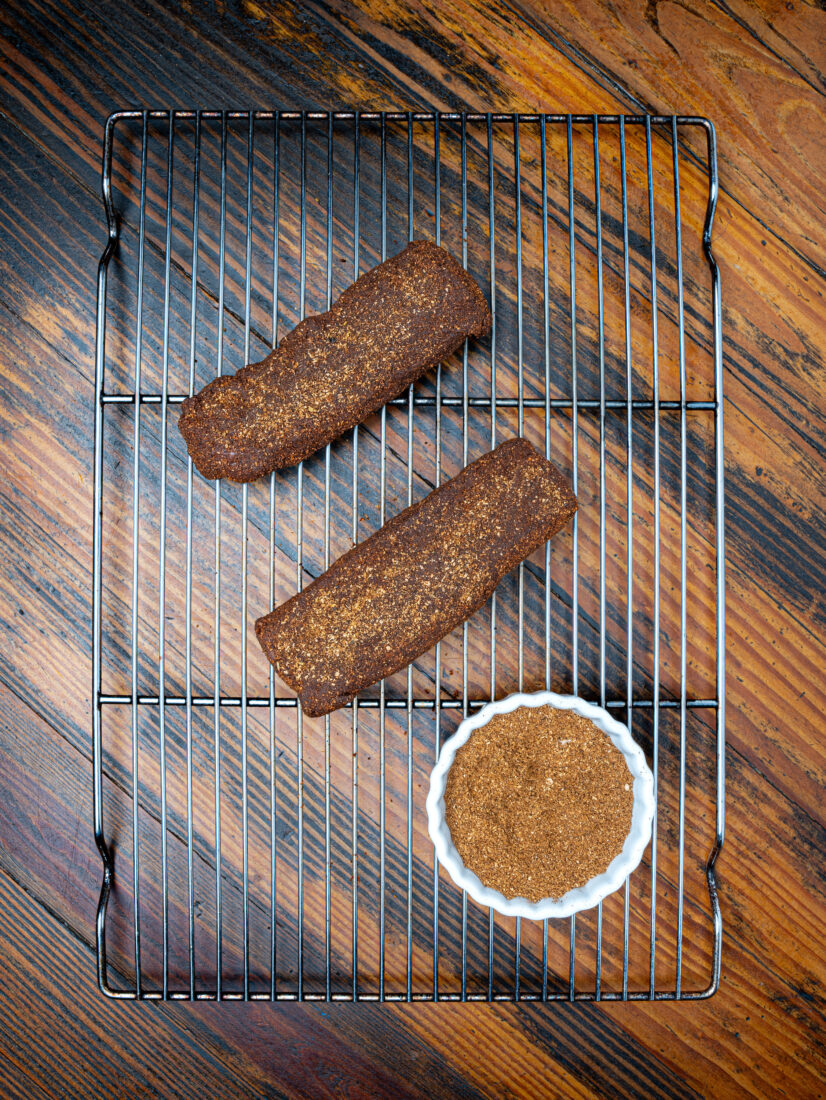I’ve been following the wild game chef Larry White on his website and Instagram for a couple of years now, hooked on his aspirational—but not out of reach—approach to cooking Southern game and fish. His lush food photography is pretty addictive as well. How this guy has stayed relatively under the radar is a mystery to me. A former U.S. Coast Guard chef, culinary school graduate, and veteran of Charleston restaurants (Peninsula Grill, Circa 1886), White lives outside McClellanville, South Carolina, and hunts big chunks of public land like the Francis Marion National Forest and fishes the Lowcountry’s tidal creeks and barrier islands. I’m such a fan that I’ve even called him up a few times to ask about his approach to cooking venison and ducks when I’m in need of a dose of inspiration.

White counts as major influences a few chefs who have helped refashion the global conversation about game and fish cookery. René Redzepi, of Copenhagen’s lauded wild-foods-centric Noma, inspired him to center his cooking approach around the particular attributes of specific ingredients. And reading The Sioux Chef’s Indigenous Kitchen, by the James Beard Award–winning chef Sean Sherman, focused his attention on pairing local ingredients such as berries—“I use a lot of berries,” White says—with locally harvested proteins.

This venison backstrap recipe, which pairs spice-rubbed loins with blueberry sauce and wild rice fritters, is a perfect example. “I like a dish that’s simple in the sense that each component stands on its own merits,” White explains. “You know what it is. There aren’t a lot of binders in the wild rice fritters. The venison is cured with a rub that isn’t so heavy. Every ingredient is going to shine.” And the sauce also works well with other types of game, including waterfowl and wild boar.

If you’re anything like me, you probably have some backstraps sitting in the freezer, and now’s the perfect time of year to pull them out, White figures, as we move out of the soups-sausages-and-stews season and those larger cuts of meat can take center stage. The first step in this recipe is what White calls “quick curing” the meat. Once the backstrap is slathered with the coriander rub, it rests in the refrigerator overnight. Don’t wrap it. Airflow around the backstrap will help the cure adhere, and create a tacky, dry finish for a better char.
Follow T. Edward Nickens on Instagram @enickens and find more Wild South columns here.








